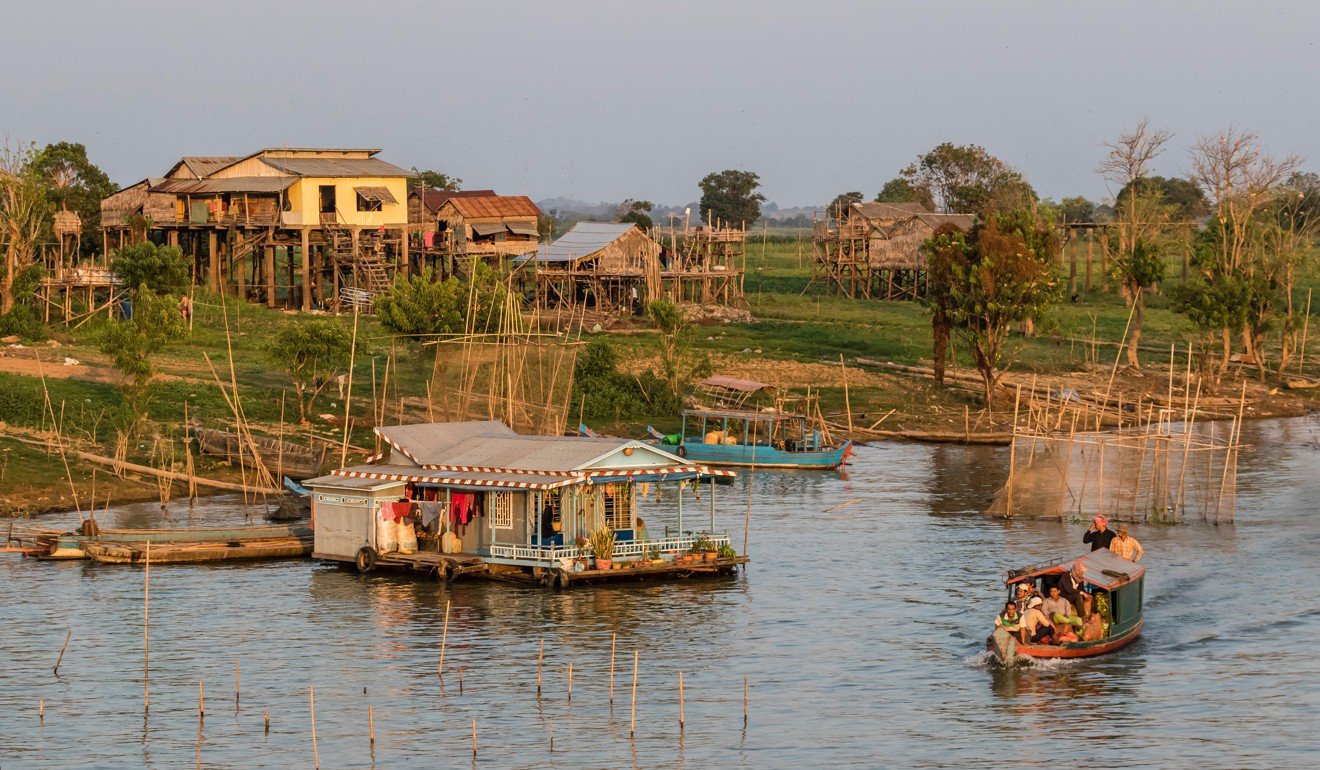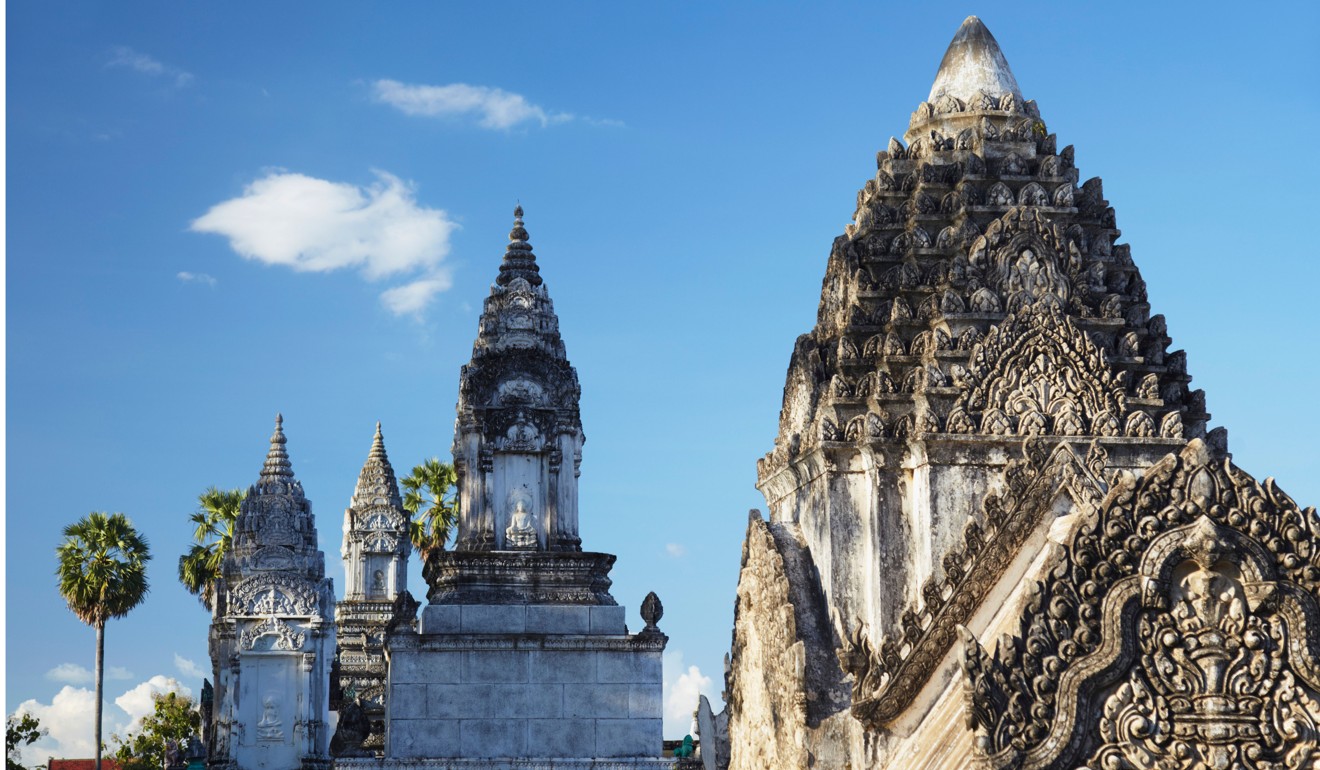
Cambodia’s central Kampong Cham province’s idyllic rural life, bamboo bridge and wellness
Kampong Cham province has the Mekong River, temples, what was the longest bamboo bridge in the world and a relaxing rural vibe. The charming provincial capital of the same name is best explored by bicycle
A gentle breeze wafts through the air bringing a welcome respite from the morning’s clammy heat. Faint traditional music rings from one of several small villages that sprinkle the sweeping vistas of paddies and bamboo farms. Temple spires shimmer in the distance and the curve of the mighty Mekong River cuts through the landscape.
Viewed from the peak of Hanchey Hill, about 20km from Kampong Cham city, the serene setting instils a sense of calm – an apt setting for the Hanchey Eco Retreat Centre (HERC). In the making since late 2015, the retreat is a project spearheaded by NGO Buddhism for Social Development Action, which aims to plant Kampong Cham on the regional wellness map.
Visit Kep in Cambodia, the laid-back beach retreat making a comeback
Made by workers from nearby villages using local bamboo, HERC looks set to be a game-changer for the area when the first phase of the hilltop retreat is unveiled in August. This will include a meditation centre, restaurant, swimming pool, reception building and 10 villas with private terraces. For now, two villas and the pool area open to guests.



Visit Kratie province in Cambodia: dolphins and rural retreats
However, when a concrete bridge opened last year it spelt the end of the iconic bridge in its historic form. A smaller version has been rebuilt close to the former site and is open to pedestrians, who can push bicycles across. While it is nowhere near as impressive as its big sister, crossing the bridge during a visit to Kampong Cham is a must.
Koh Paen embodies idyllic rural Cambodian life, a patchwork of agricultural land with small villages, temples and narrow tracks flanked by tropical green. It is best explored by bicycle.

There is a beach to the north east, which is a popular spot with locals at weekends. Stalls on the golden sand sell snacks and refreshments and you can hire one of the sheltered bamboo platforms that bob on the water.
The best of Cambodia, whether you’re a backpacker or millionaire
If idyllic island life has you hooked, then Mekong Bamboo Hut – a simple but welcoming affair comprised of wooden platforms overlooking the river and shacks containing a restaurant and bar, games room and communal areas – offers hammocks for US$3 a night. It also rents bicycles and motorbikes.

Previously known as a stop-off town for travellers making their way from Phnom Penh to Kratie or the mountainous province of Mondulkiri, many are starting to catch onto Kampong Cham’s charm, making this destination one to watch out for.
Getting there: Kampong Cham is about 120km from Phnom Penh. A taxi takes about 2.5 hours, with several daily buses operating, taking between three and four hours.

